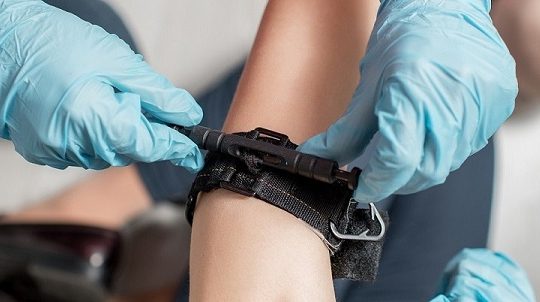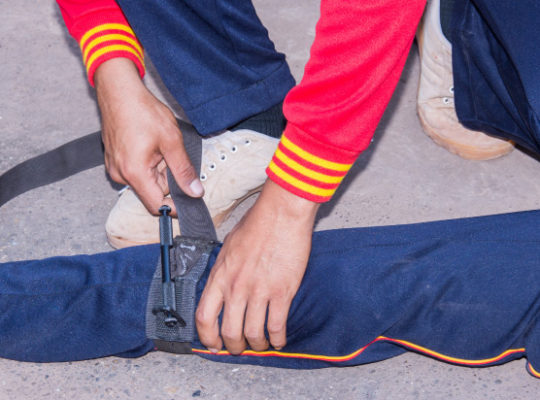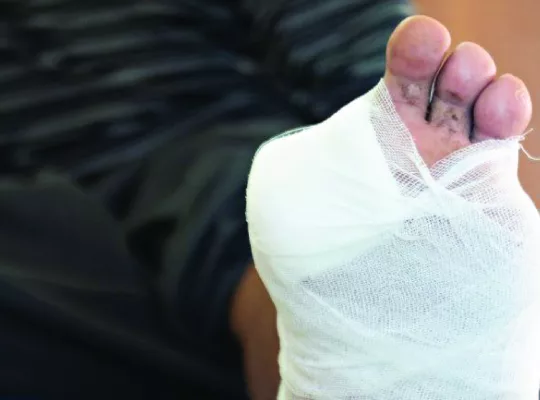In first aid, maintaining a clean environment is essential, especially when attending to open wounds. Sterile gloves play a crucial role in this process, offering a protective barrier that helps prevent infections and cross-contamination. For those handling emergencies, the risk of exposing injuries to bacteria and other harmful particles is a pressing concern that can complicate healing.
Imagine dealing with a deep cut or a puncture wound—without sterile gloves, bacteria on the skin or nearby surfaces can easily enter the injury, putting the person at risk for serious infections. In fact, infections cause more complications in wound recovery than any other factor, especially when wounds aren’t handled with care.
In this guide, we’ll explore why sterile gloves are a first-aid essential and how they protect both caregivers and patients in urgent situations.
What Are Sterile Gloves?
Sterile gloves are a type of gloves that have been approved for surgical use by the FDA. The sterilization process is undergone with radiation or ethylene oxide.
Once approved by the FDA, it is considered completely sterile.
These sterile gloves are used in medical environments such as surgeries to avoid any risk of cross-contamination.
Should you go in for a surgical procedure, these will be the gloves that the surgeons will wear.
What Are Non-Sterile Gloves?
Non-sterile gloves are medical gloves that the manufacturer doesn’t sterilize. However, they have still undergone sterile procedures to ensure they are safe.
The FDA tests non-sterile gloves to ensure they are at the standard assurance level.
Non-sterile gloves are unsuitable for surgical procedures as they are not devoid of microbes. Instead, they are safer for use in first aid if your patient has a minor injury.
Generally, non-sterile gloves can be used for non-medical purposes and are often used for handling food or gardening. In many cases, expired sterile gloves may also be used to handle food.
When Should You Use Sterile Gloves?
We recommend using sterile gloves if you work in the healthcare sector. They can help prevent infections on surgical sites.
They also help provide surgeons with hand hygiene while performing an invasive surgical procedure.
You’ll find that sterile gloves are more commonly used for surgical operation procedures, including handling sterile surgical equipment during these operations.
They are also used when delivering a child or changing dressings of surgical wounds. You’ll find that these are best used, then.
Should You Use Sterile Gloves For First Aid?
One of the main dangers for any first aider is the risk of bodily fluids, as you aren’t aware of when someone has a blood-transferable disease.
You must always wear gloves to protect yourself first, as first aiders shouldn’t abandon their safety.
Wearing gloves is essential, so we recommend wearing them regardless of what you’re treating your patient for.
However, that also means you should wash your hands immediately after wearing your gloves.
How To Put On Sterile Gloves?
Before you put on your sterile gloves, you should remove your jewelry before use. Wash your hands if you’re able to.
Ensure the gloves are the right size. You should be able to move your hands comfortably without friction between your glove and the skin.
You may need to find a different size if you’re sweating or struggling with muscle fatigue.
Keep your hands above your waist and open the sterile glove package.
If you notice any issues with your gloves or the package is compromised, you should dispose of them and choose another pair. Open the pack from the top, and remove the inner wrap.
The first glove you pick up should be for your dominant hand. Touching only the inside of your glove cuff, pick it up.
Then, pull the glove on your hand from the cuff, with your fingers pointing downwards. Don’t touch the outer glove unless you’re already wearing your other glove.
When you slip on your second glove, you should still put the fingers of your gloved hand into the folded cuff.
Keep your second hand flat, your palm facing upwards, and place your glove over your fingers.
It’s essential that you don’t touch your bare hands with the exterior of the glove to prevent any contamination.
Once both gloves are on, you should adjust them. Don’t touch the skin under the glove; simply adjust them with the glove’s exterior.
If they feel like they’re cutting off circulation, or are uncomfortable, try to find a pair of gloves that will fit.
While adjusting them, you should also check to see if the gloves have any rips or tears.
Remove the gloves and re-wash your hands before finding a new pair if you find any rips or tears.
How Do Sterile Gloves Prevent Cross-Contamination?
Sterile gloves play a crucial role in preventing cross-contamination, particularly in medical and food-handling settings. These gloves create a physical barrier that prevents microorganisms and harmful substances on the wearer’s hands from coming into contact with patients or sterile objects. Made from materials like latex, nitrile, or vinyl, sterile gloves are meticulously cleaned and packaged to eliminate any trace of bacteria, viruses, or contaminants.
Using sterile gloves is essential for procedures requiring a high level of hygiene, as they minimize the risk of transferring germs from healthcare providers or food handlers to patients or consumers. By reducing the spread of infectious agents, sterile gloves protect both the person wearing them and those they come into contact with.
How To Remove Sterile Gloves After Use?
When you remove your gloves, it’s essential that you don’t touch the exterior with your bare hands.
So, you need to consider how to remove the gloves without exposing yourself to any harmful bacteria.
You first need to peel off one glove starting from the wrist, then continue over your fingers. Don’t pry your gloves off finger by finger.
It is always best to peel from the wrist. Then, hold the removed glove, inside-out, with your gloved hand.
Using the inside-out glove, you should peel your second glove off. When you remove both gloves, they should be inside-out so you aren’t exposed to any blood or other infectious materials.
When disposing of them, tuck the first glove into the second and throw it into the trash. Suppose you can try to dispose of them in medical containers.
Some areas may have a red bag. If you don’t have one available, then it’s essential you tie up the gloves or place them in a separate waste bag.
Once you have removed your gloves, wash your hands thoroughly to ensure you have not been exposed to harmful bacteria.
How Long Do Sterile Gloves Stay Sterile?
When you open your first aid kit, we recommend you ensure your sterile gloves haven’t expired.
Most sterile gloves that are made of natural rubber or latex have a three-year lifespan. However, nitrile, neoprene, and vinyl gloves have a five-year lifespan in storage.
You should always store your sterile gloves in the correct environment to prevent them from damage and deterioration.
If your gloves have expired, you can use them for non-medical use, but you should replace the gloves in your first aid kit with new pairs of sterile gloves.
Final Thoughts
You must check your first aid kit to ensure you have sterile gloves that are in date.
All first-aiders should wear sterile gloves to protect themselves and their patients from any infectious bacteria.
You shouldn’t treat anyone with first aid without wearing gloves, and if the gloves have expired, then you can use them for non-medical purposes.
If you would like to know more about first aid advice, please consult our other articles on the website to find out more.
Frequently Asked Questions
Like all first aid equipment, it is better for gloves to be sterile so you can minimize the risk of infection in you or your patient.
Gloves that are sterile have been sterilized by the manufacturer, while gloves that are non-sterile have not. However, the FDA must still test both types of gloves to ensure they meet their assurance levels.
Disposable gloves can be sterile or non-sterile. Your care team will order whether they need sterile gloves and how to use them. If you would prefer to use sterile gloves, they can be ordered.

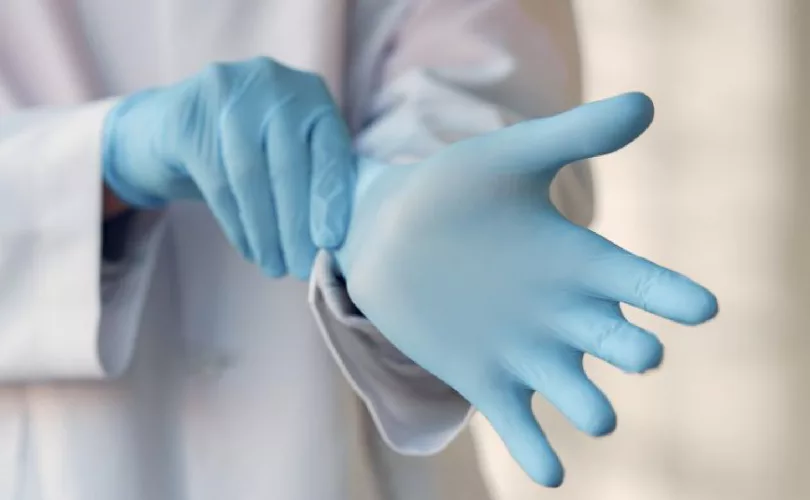
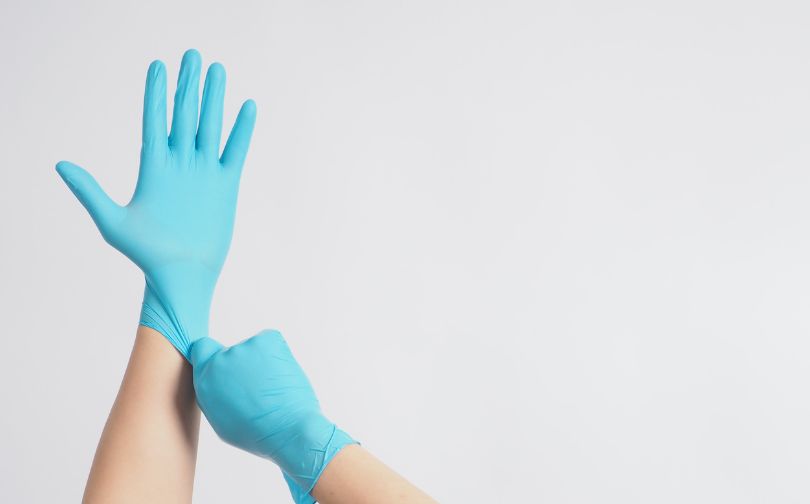
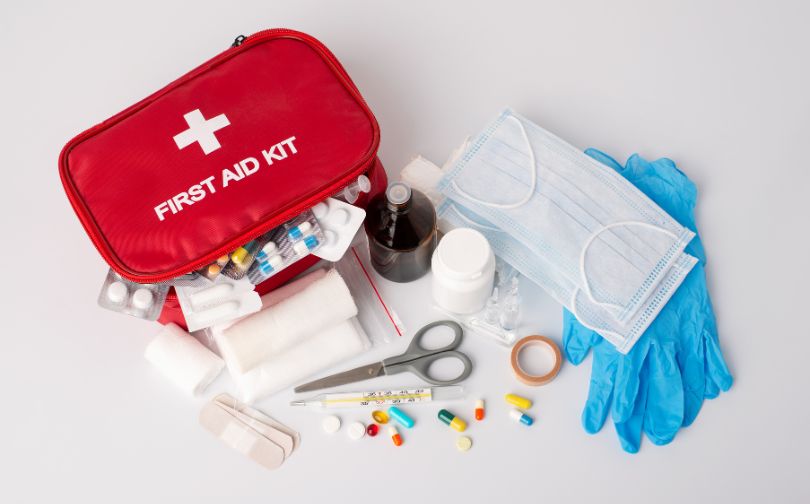
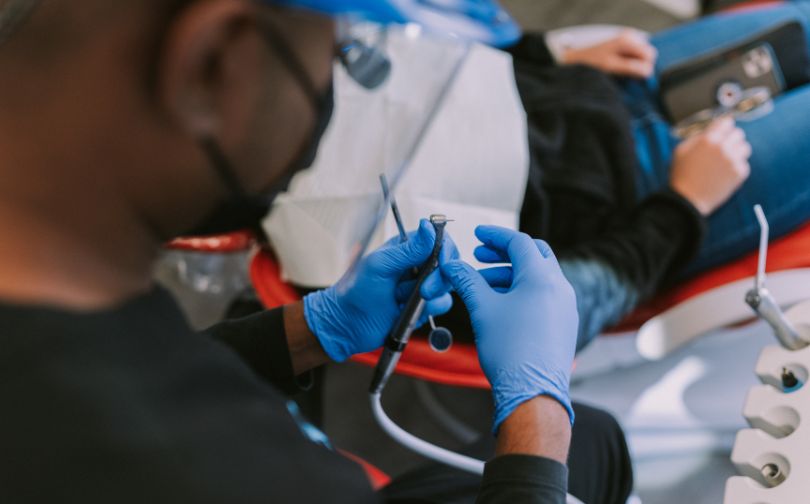
![What Are Sterile Gloves Used For In First Aid? [First Aid Guide] (1)](https://www.e-firstaidsupplies.com/blog/wp-content/uploads/2023/05/What-Are-Sterile-Gloves-Used-For-In-First-Aid-First-Aid-Guide-1-jpg.webp)
